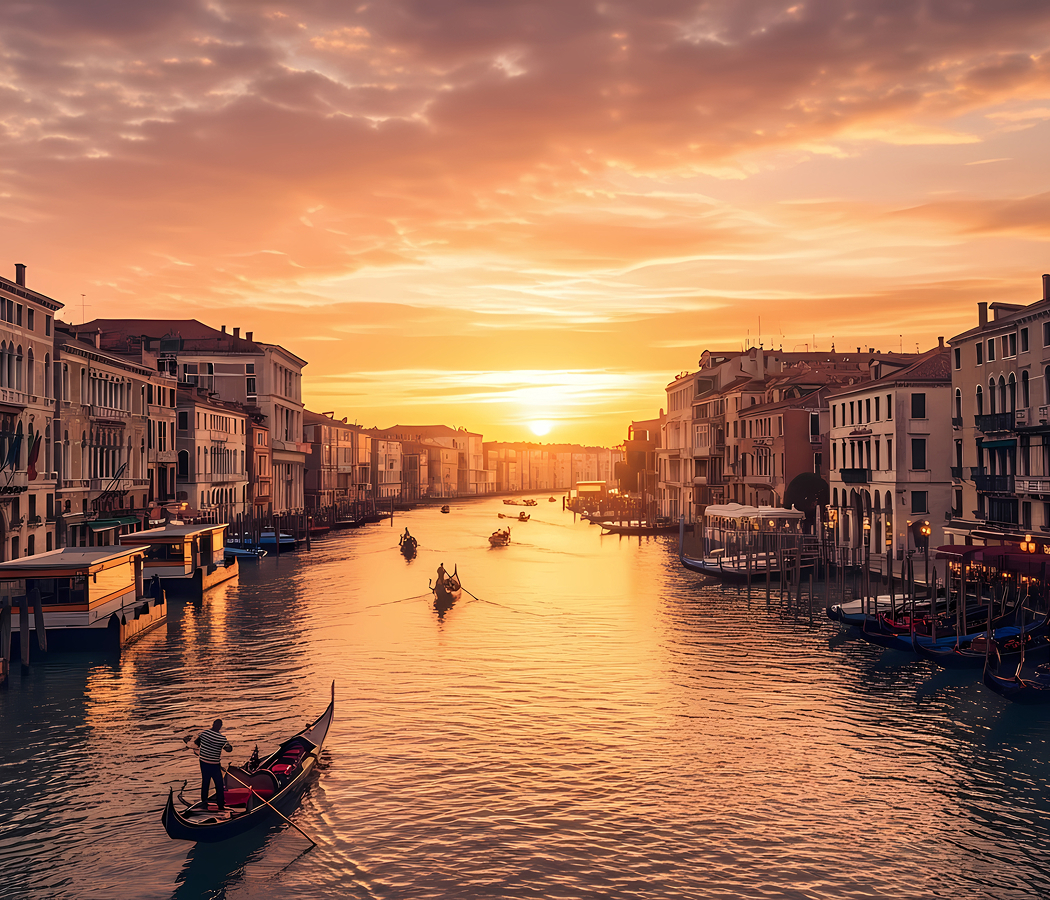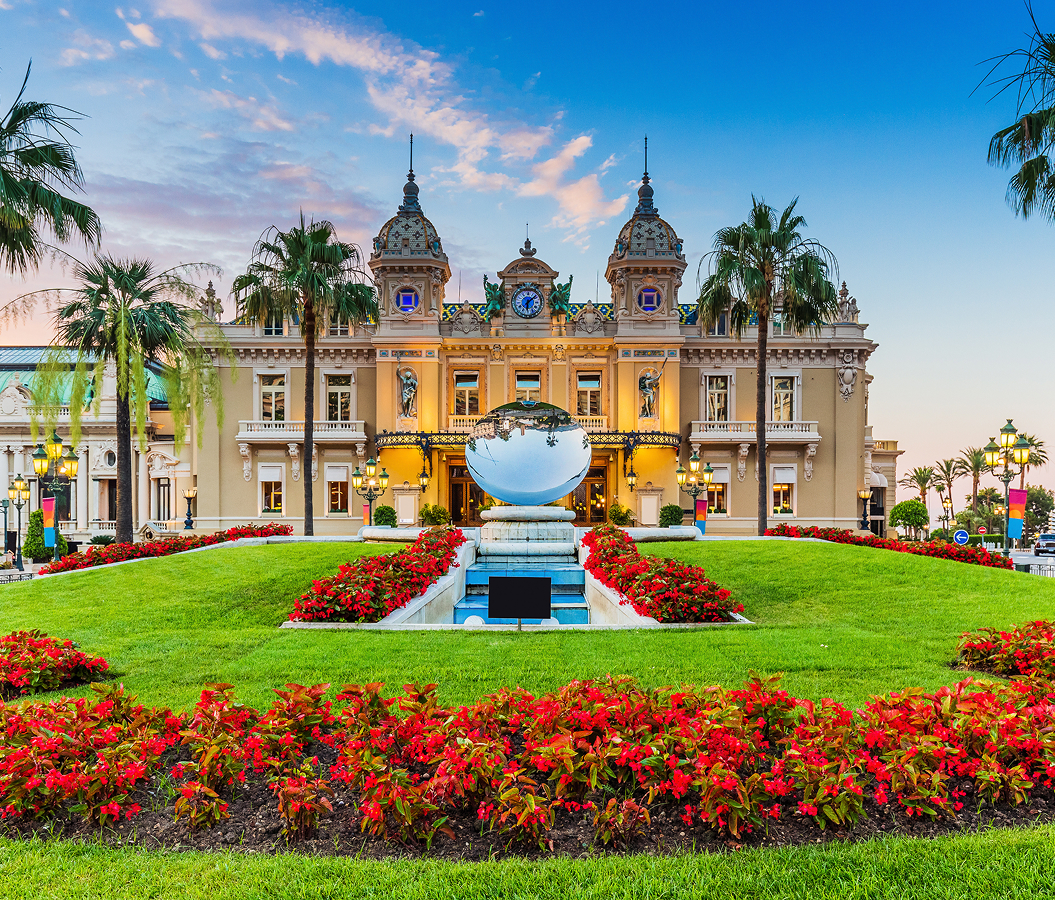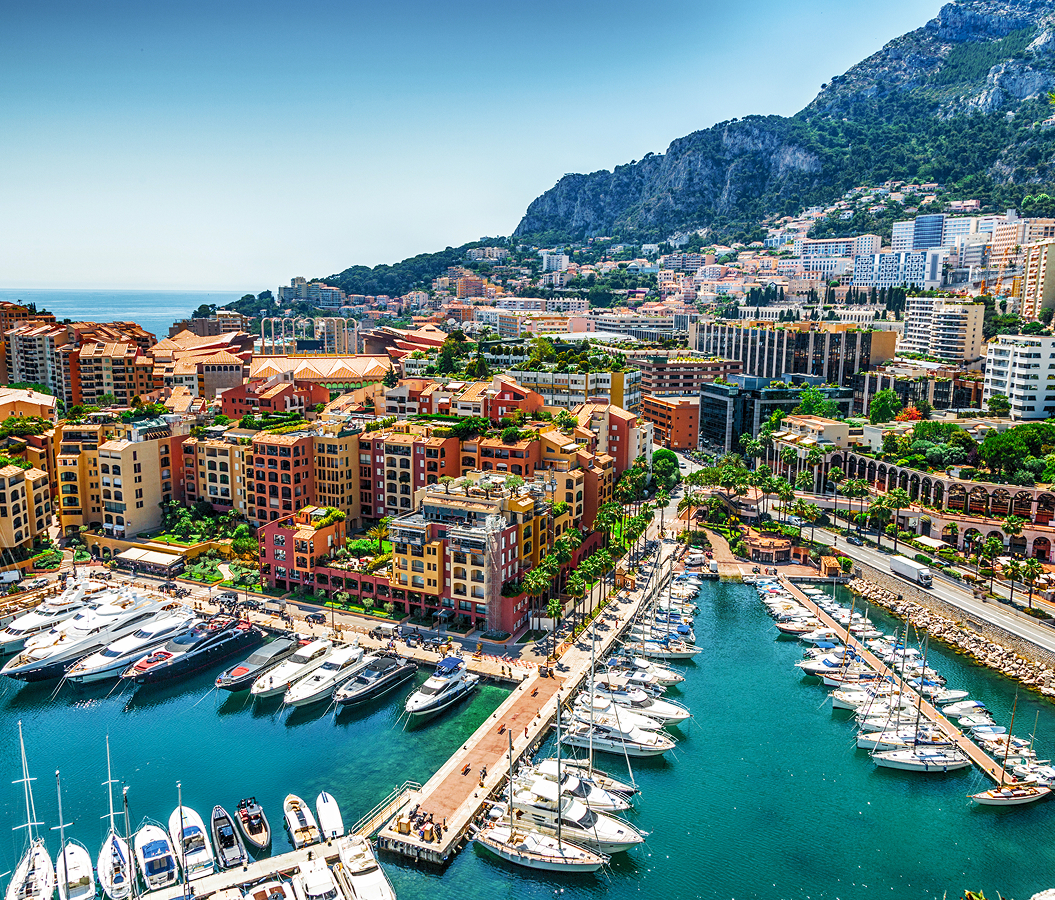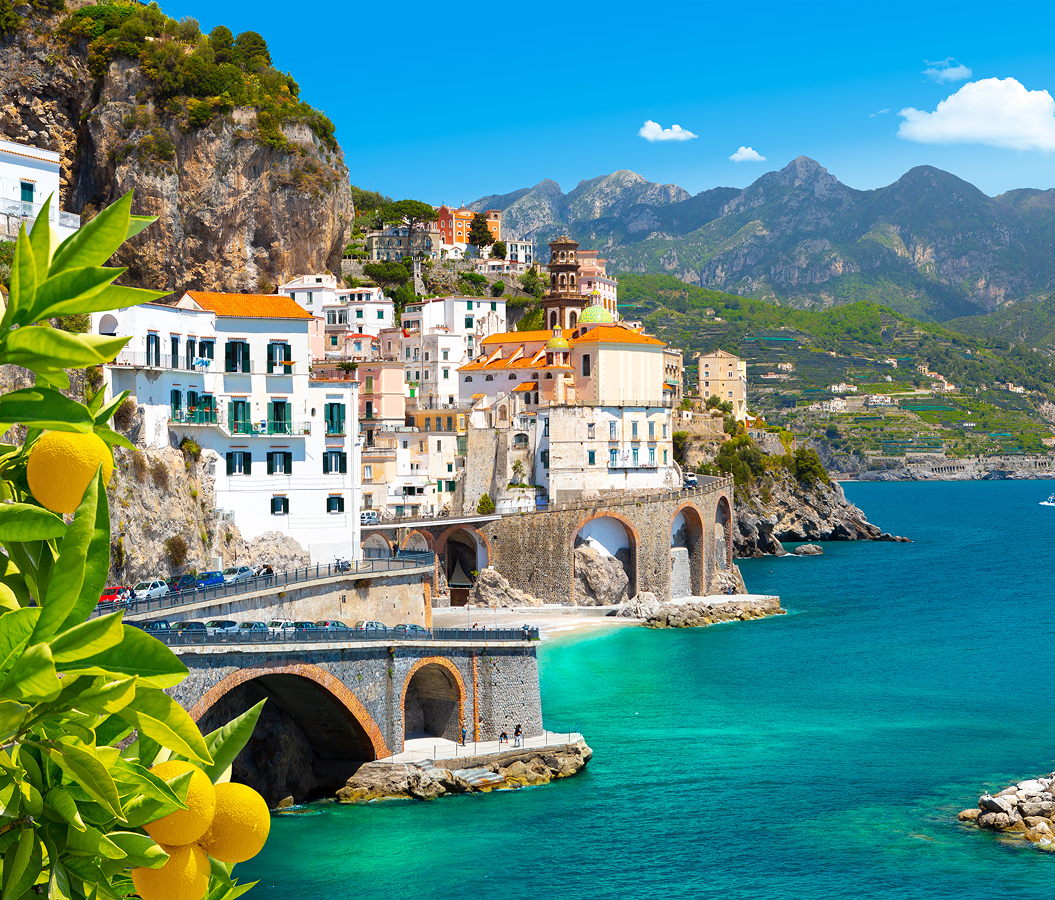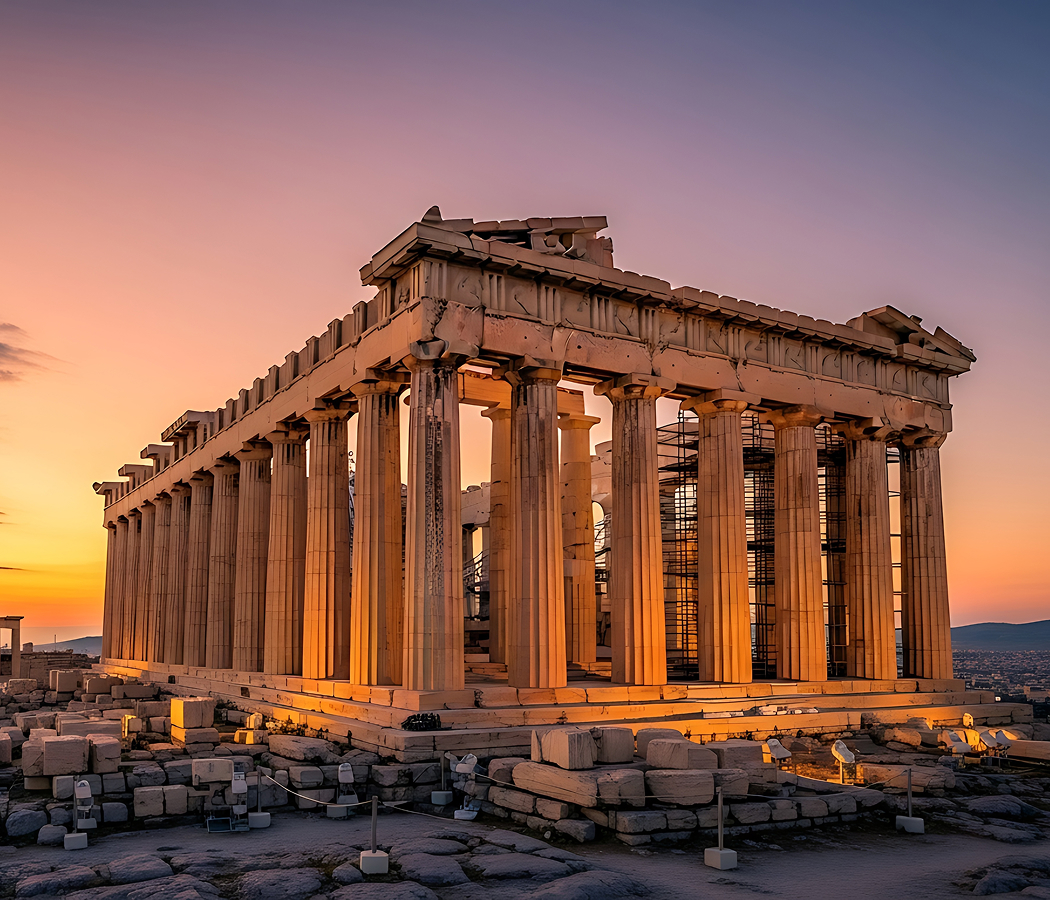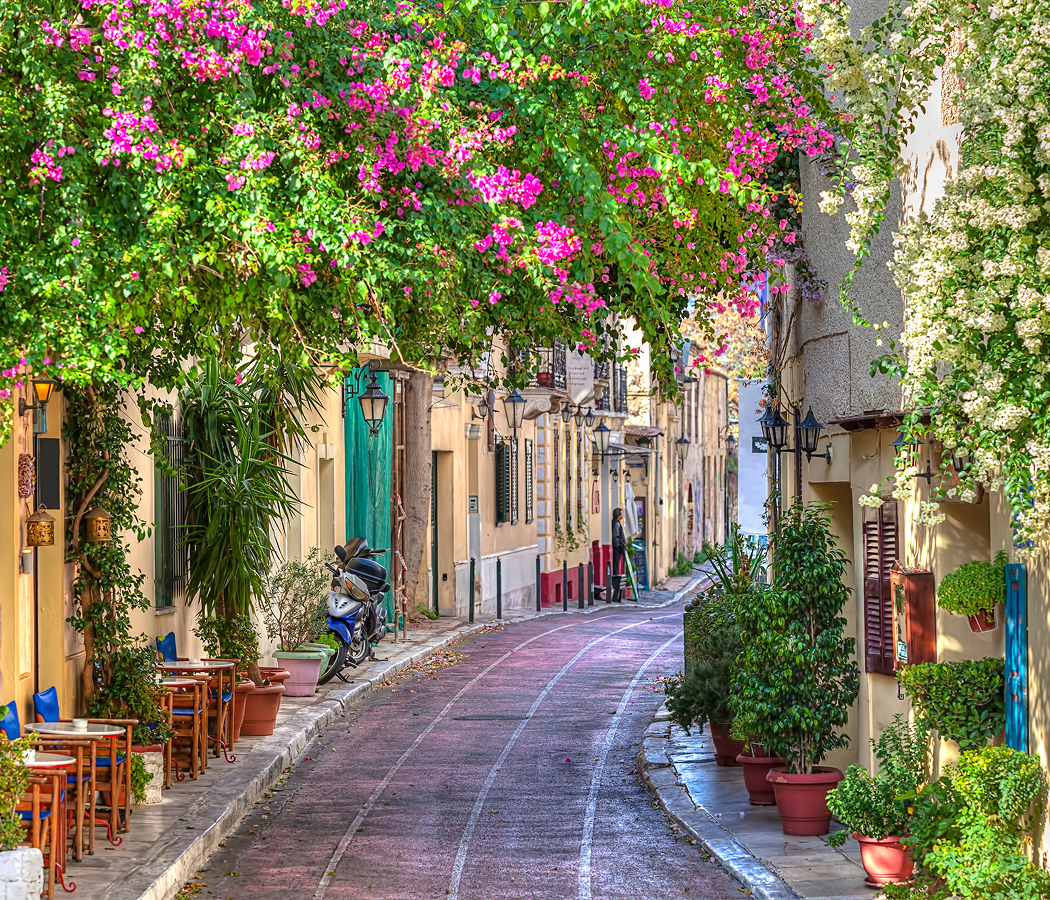
Why you should experience Palazzo Vecchio in Florence.
Palazzo Vecchio isn’t merely a building, it’s the fortress-heart of Florence, a towering symbol of Renaissance power, artistry, and civic pride that has watched over the Piazza della Signoria for more than seven centuries.
Constructed between 1299 and 1314 by Arnolfo di Cambio, the same master architect behind Florence’s cathedral, this monumental palace was designed to embody the authority of the Florentine Republic. Its crenellated tower, the Torre di Arnolfo, still dominates the skyline, its bell once used to summon citizens to assembly or warn of invasion. Every inch of the façade radiates strength: rusticated stone walls, arched windows, and coats of arms carved into the rough masonry, as if the city’s history itself were etched into the stone. Yet the Palazzo’s presence is not just political, it’s deeply personal to Florence. Inside its massive walls, the city’s story unfolds room by room, fresco by fresco, where art and governance merge into a single Renaissance vision. Step into the Salone dei Cinquecento, the Hall of the Five Hundred, and you enter a world of grandeur unmatched in civic architecture. Vast frescoes by Vasari celebrate Florence’s military triumphs, while the coffered ceiling glows with gilded allegories of virtue and victory. The effect is overwhelming: a visual symphony designed to remind every Florentine that their republic, their art, and their courage were one and the same. Palazzo Vecchio remains the pulse of that identity, as alive now as it was when the Medici ruled within its walls and the echoes of civic pride rang through its stone corridors.
What you didn’t know about Palazzo Vecchio.
Behind its fortress exterior lies a labyrinth of secrets, part palace, part museum, and part living testament to Florence’s turbulent soul.
Palazzo Vecchio has served many roles: the seat of the Republic, the ducal residence of the Medici family, and even the setting for political intrigue that shaped Europe’s destiny. In the 16th century, Duke Cosimo I de’ Medici transformed the austere medieval hall into a Renaissance masterpiece, commissioning Giorgio Vasari to adorn its walls and ceilings with epic grandeur. Yet even Vasari’s frescoes hide mysteries, including, some believe, the lost “Battle of Anghiari,” Leonardo da Vinci’s vanished masterpiece, thought to lie beneath the paint. Beneath the main chambers, secret staircases and hidden passages connect the palace to the Uffizi and the Medici’s private quarters, a network built for both security and secrecy. Each room tells a story: the Quartiere degli Elementi, with mythological frescoes celebrating earth, air, fire, and water; the Studiolo of Francesco I, an alchemical cabinet of curiosities glittering with bronze and enamel; and the Map Room, where 16th-century cartographers charted the known world onto gilded panels. Even the tower itself, with its narrow steps and panoramic terraces, carries the weight of history: prisoners were once confined beneath its bell, while above, rulers surveyed a city in constant evolution. What makes Palazzo Vecchio unique, though, is its dual life. It’s not just a museum frozen in time, it’s still Florence’s town hall, where civic meetings and official ceremonies continue under the same vaulted ceilings that once hosted Machiavelli and the Medici. This continuity gives the palace an almost sacred energy, a blend of governance, art, and memory that defines Florence itself. Few places on earth allow you to stand in the same space where democracy and genius once walked hand in hand, their legacy written in pigment and stone.
How to fold Palazzo Vecchio into your trip.
Exploring Palazzo Vecchio is to walk through the bloodstream of Florence, an experience that bridges the mythical and the tangible.
Begin your visit in Piazza della Signoria, where the palace looms beside replicas of Michelangelo’s David and Donatello’s Judith and Holofernes, symbols of liberty guarding the entrance. Crossing its threshold feels like entering both a fortress and a cathedral of art. Start with the Salone dei Cinquecento, where Vasari’s monumental frescoes sweep across the walls in waves of color and motion. Pause beneath the gilded ceiling panels that celebrate Florence’s victories, their sheer scale leaving you breathless. From there, wander through the private apartments of the Medici, where frescoed ceilings by Ghirlandaio and Allori turn myth into intimacy, Venus and Apollo glowing softly in candlelight. Don’t miss the Studiolo of Francesco I, a jewel-box chamber that reveals the Renaissance obsession with nature, science, and transformation. For the most breathtaking perspective, climb the 95-meter Torre di Arnolfo. The ascent is steep but worth every step: from its battlements, the red-tiled sea of Florence unfolds in every direction, the Duomo’s dome rising like a sun above the city. At sunset, the view turns transcendent, the Arno glowing bronze beneath the bridges and the Tuscan hills fading into violet haze. Afterward, linger in the courtyard designed by Michelozzo, with its delicate stucco arches and faded frescoes commissioned to welcome the Medici bride Eleanor of Toledo. The air here feels ancient yet alive, scented faintly of stone and time.
Hear it from the Foresyte community.
Politics meets art. Ceilings go hard, Medici drama everywhere. Wild to think this was city hall.
Where meaningful travel begins.
Start your journey with Foresyte, where the planning is part of the magic.
Discover the experiences that matter most.















